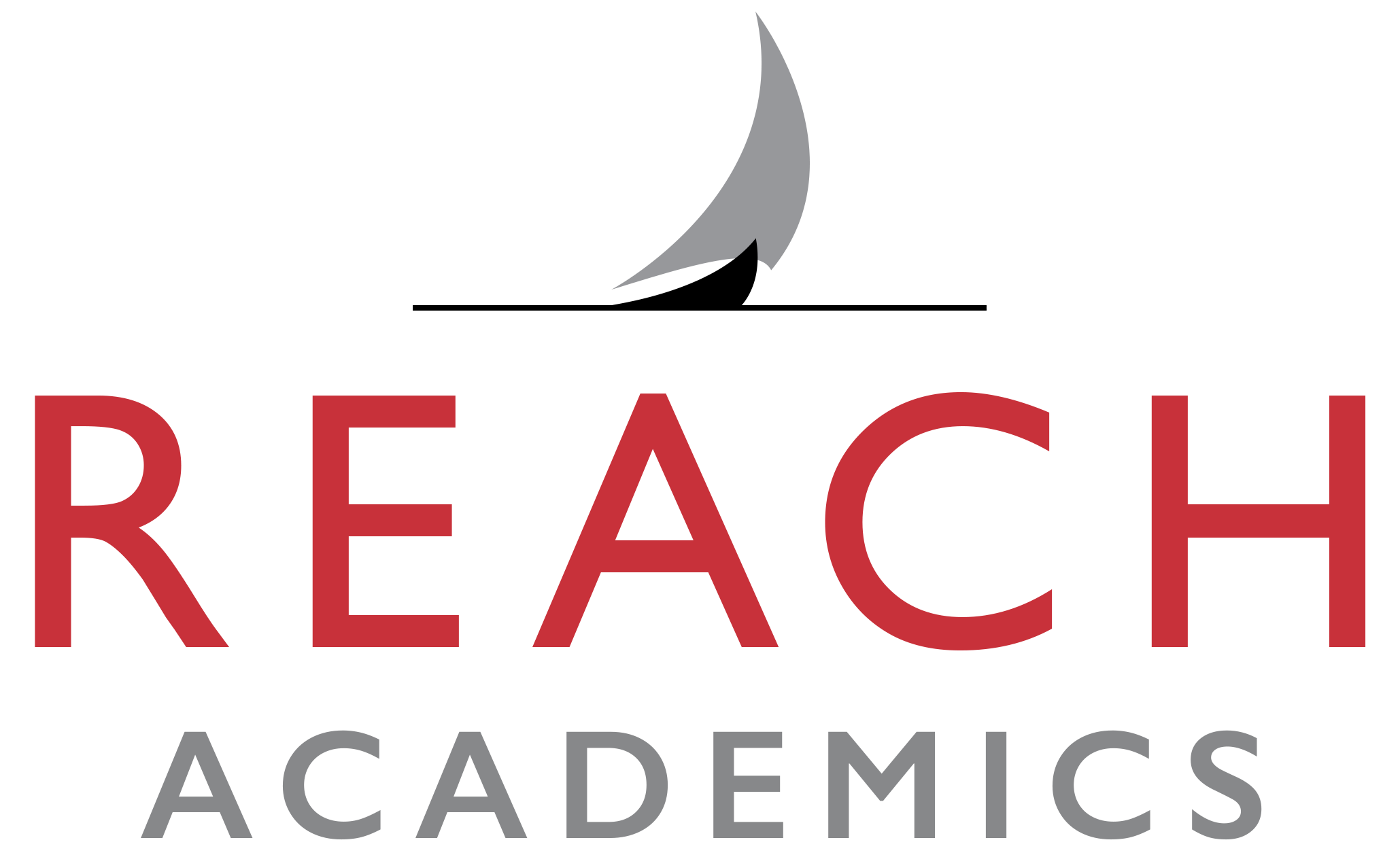No Student is the Same
When I walked the Camino de Santiago in the spring of 2017, I encountered innumerable people, sites and experiences. Yet when I think about the different food I enjoyed along the way, a special baked good in the medieval town of Astorga literally took the cake. Called “mielitos”, these puff pastries are made up of moist, layered dough drowned in honey. Flaky and spongy, I nicknamed them “croklavas” (i.e. “croissant+baklava”). The cronut had been invented just a few years earlier, yet the mielito seems to have pre-dated the baked trend by centuries.
I bring up this example of patisserie perfection not only because whenever I think about the dozen or so I ingested along the route I smile and salivate. I bring up this example as a metaphor for the student in the classroom. Seemingly simple on the outside, each student I’ve taught has been the product of many layers of experiences. Yet on the first day of school, you don’t see the layers, you only see the student as he or she is wholly comprised. Yet with each passing teaching day, the layers inside reveal themselves. They show up in the form of a response to a prompt. Or a reaction to something you said. Or a margin note in the textbook. They show up in where they choose to sit day after day. Which peers they tend to be drawn to. Which peers they tune out. They show up when you learn that they got the lead in the school play. Or when they get cast in the supporting role. Or when they don’t get cast at all.
I have often remarked that students appear to grow as the school year unfolds. Of course they do, as they are literally growing physically during their K-12 years. But this growth is deeper than that. It’s similar to how when you think back at a babysitter you had when you were a child and even decades later they seem ‘older’ than you while in reality they were years younger than you are today. Another example of this phenomenon is when I run into a student outside of school, like at the movies. I’ll see the kid (because he appears like a kid in his casual clothes and mannerisms unaffected by their school manners). I’ll notice that he appears smaller. It’s odd—yet I know it’s not only me who looks at students in this way. I have no research on why this happens; perhaps it’s simply because the longer you are with someone the more deeply you understand them. The more deeply I know a student, the larger—and more complete—they appear. This is enough of an explanation to me, yet if there is a science to it, please let me know.
I bring up the subject of the inner world of students because being allowed access is one of the key privileges we have as teachers. Relational teachers understand that each student is a product of their environments and their individual life experiences. Another example involves pixilation. I always think about the museum scene in the movie, “Ferris Bueller’s Day Off”. Ferris, Cameron and Sloane are in the Chicago Art Museum staring at Monet’s famous painting, “A Sunday on La Grande Jatte”. As they get closer, the image pixellates…it becomes more obscure as it becomes magnified. The three friends realize that the closer they get the blurrier and more abstract is the image. This example comes to mind with students because the closer we connect with them the more we recognize that they are each comprised of their own colored pixels. “The more I know, the less I understand…” Yet this complexity is only human, and the great teachers are drawn to that complexity instead of averse to it.
And the painting changes throughout the school year as the student grows. It doesn’t change literally, yet different elements of the painting reveal themselves with longer exposure. There is an art history class offered at Harvard University when one of the assignments is to spend three hours—three hours!—viewing a painting. Yet the outcome of this exercise is said to be powerful, as it convinces the student that there is always more to be seen, as long as we take the time to really see it.
Access to student growth is what makes teaching unlike any other profession. Think about it—teachers do not teach the same students in the fall as they do in the winter. They certainly do not teach the same students in the fall as they do in the spring. Over the course of the school year, a student has shared many classroom experiences with the teacher. The student has learned content and character and developed under that teacher’s watch. Relational teachers recognize this. As a result, they look for nuanced changes in their students as the school year rolls along. All of this involves a sense of hope. Hope that the students in their charge are growing in an optimal direction. Hope that they are retaining the key lessons from the course. Hope that they are feeling safe and supported, even on those days when they are feeling imbalanced within themselves.
Getting back to my original statement, I am hard-pressed to find a profession where the practitioner is working with a patient that is constantly evolving. Relational teaching, based on connection and trust, is defined by understanding the messiness of the human condition. One example of such messiness is that no student is the same in September as he is in June. Truly committed teachers enjoy being along for the ride.
